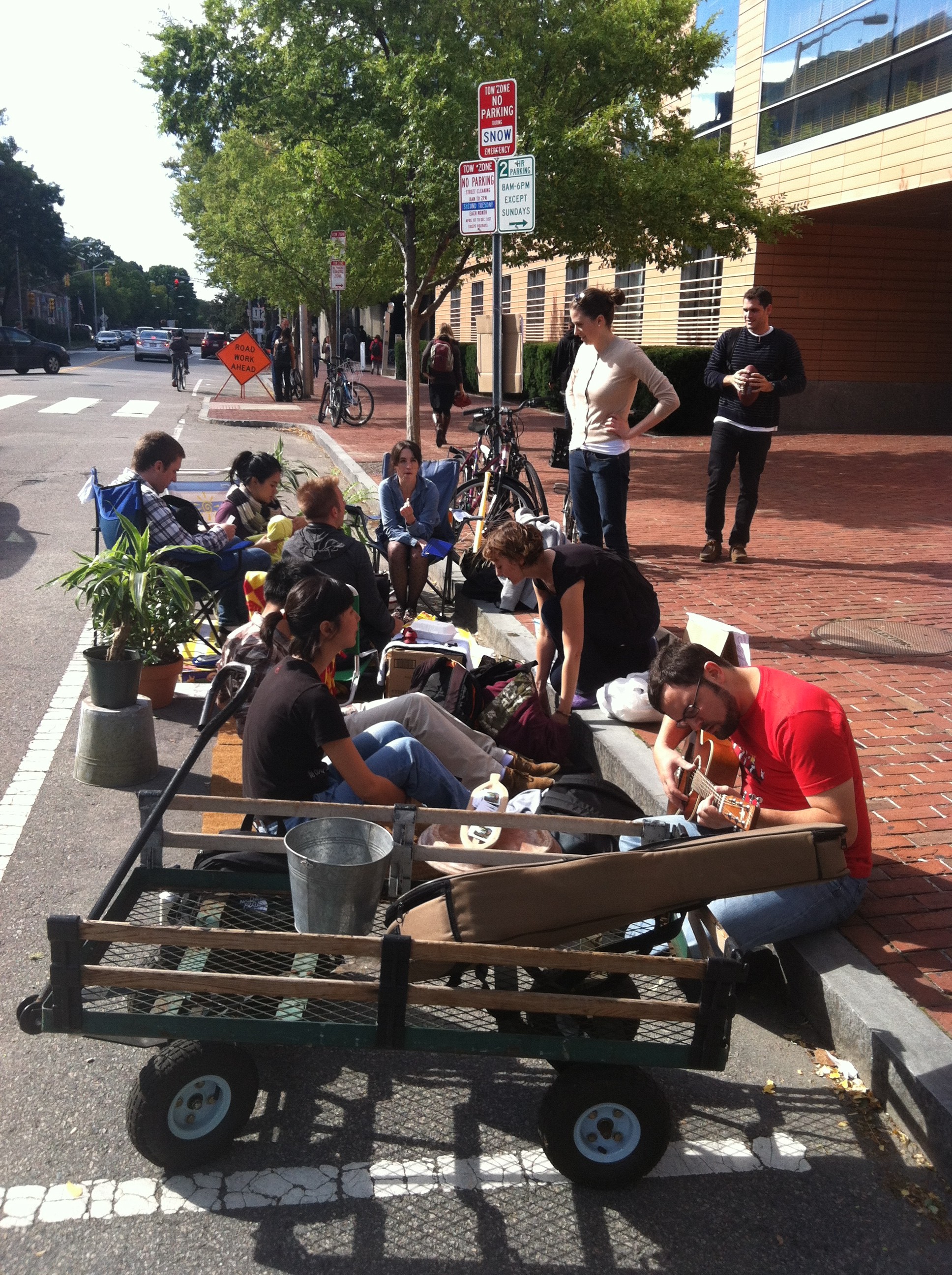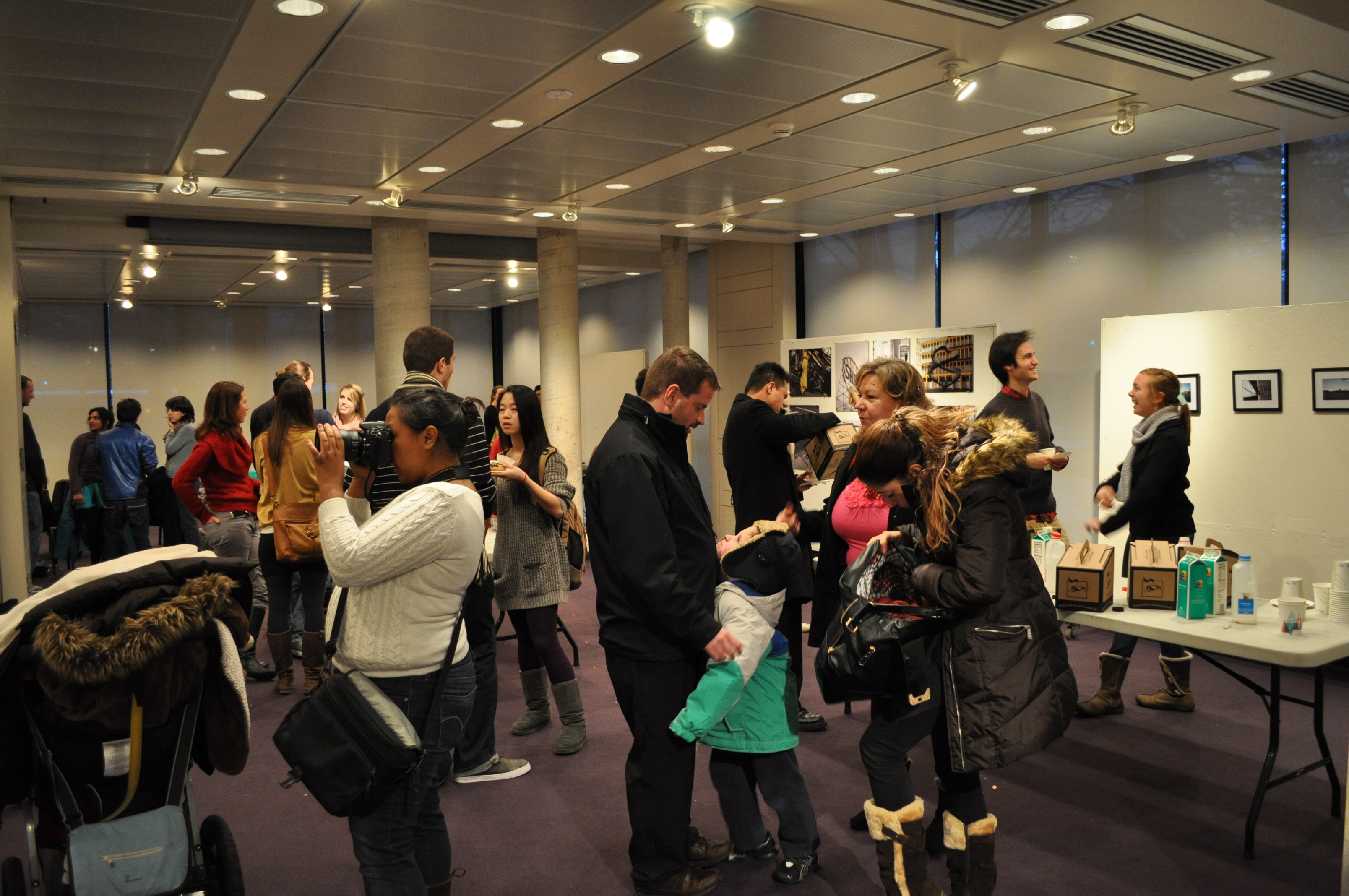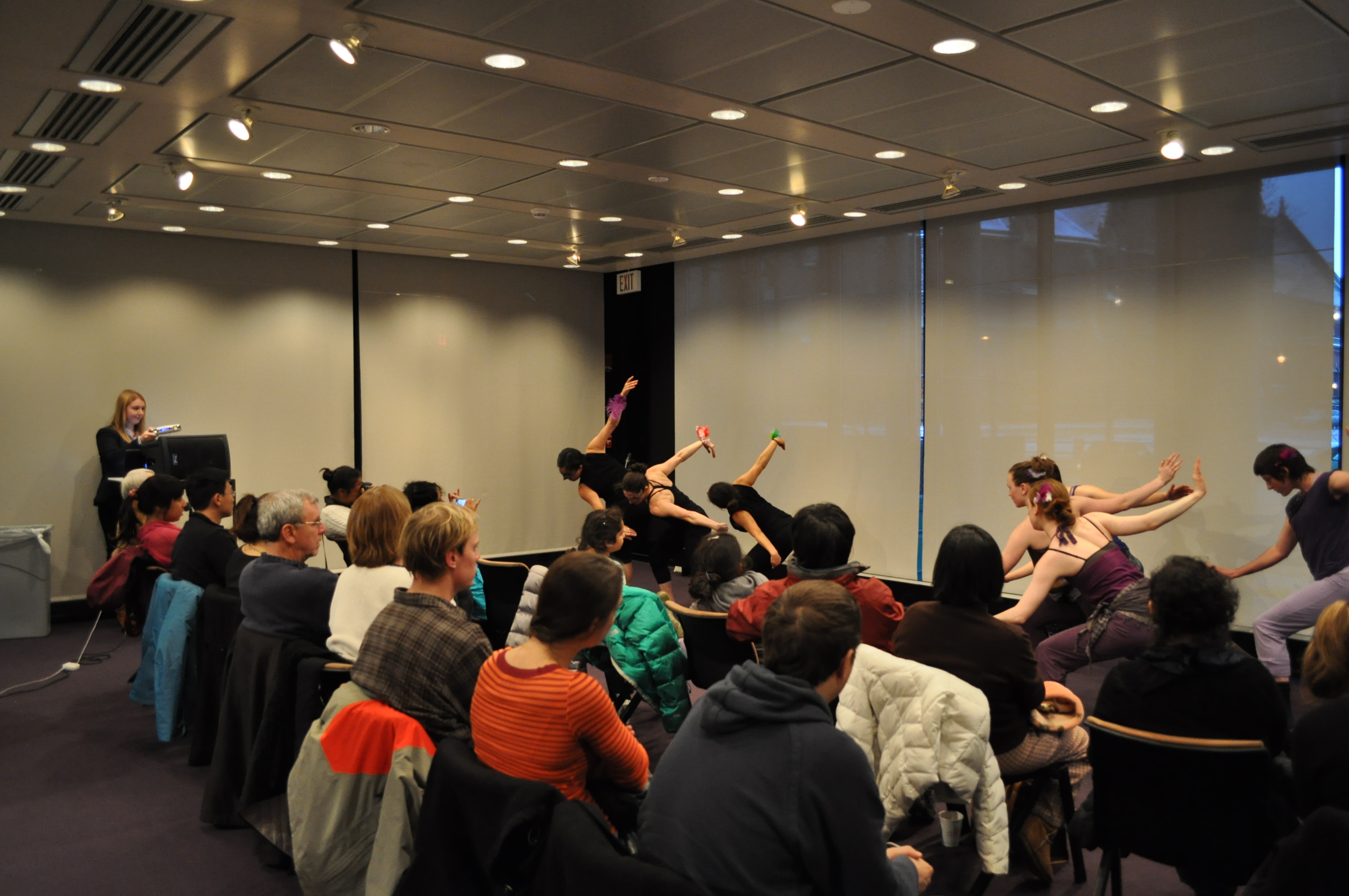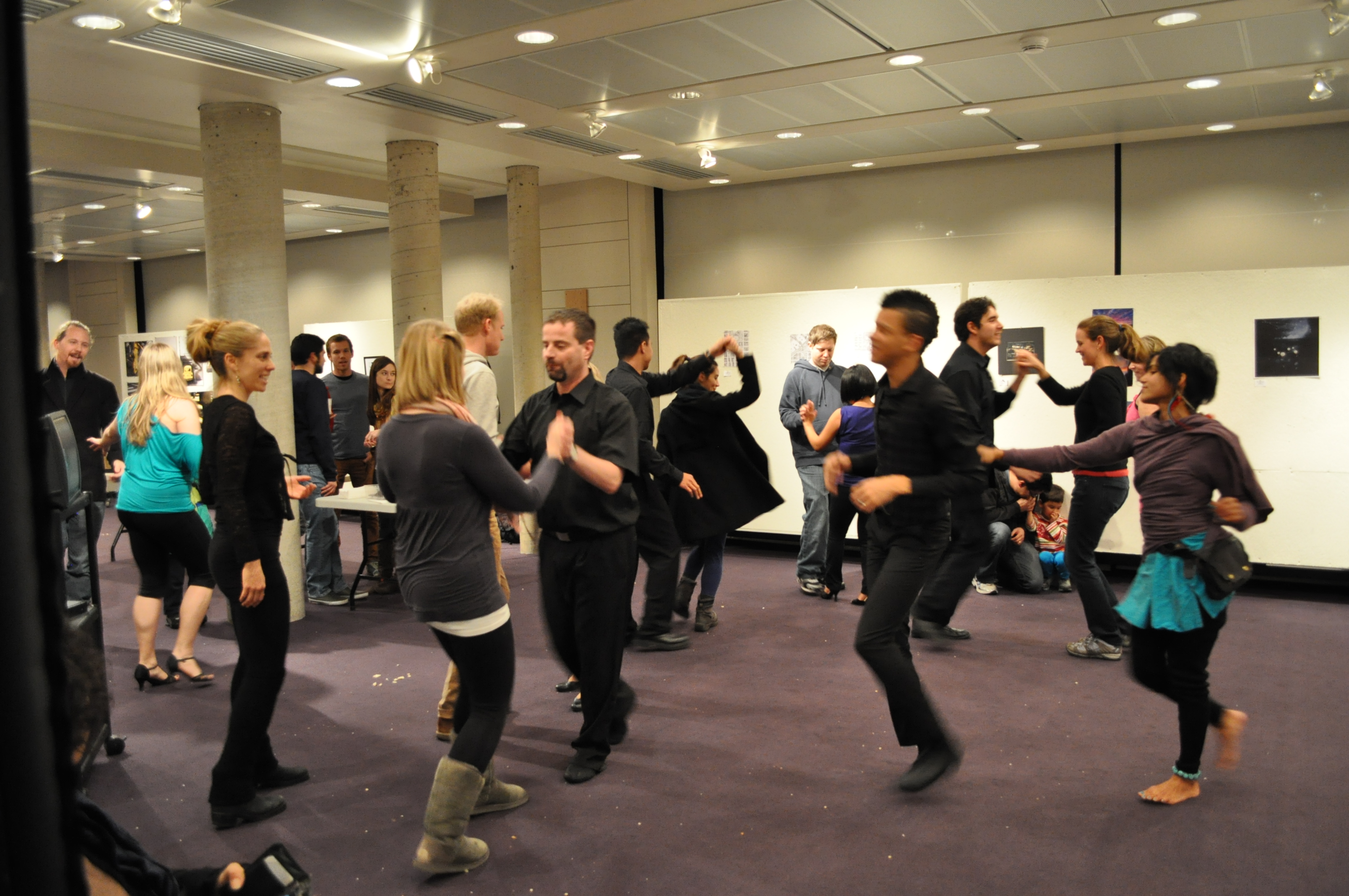Networked Urbanism
design thinking initiatives for a better urban life
apps awareness bahrain bike climate culture Death design digital donations economy education energy extreme Extreme climate funerals georeference GSD Harvard interaction Krystelle mapping market middle east mobility Network networkedurbanism nurra nurraempathy placemaking Public public space resources Responsivedesign social social market Space time time management ucjc visitor void waste water Ziyi
Introduction
With the fiscal challenges and complicated regulatory processes that characterize many American cities today, communities often struggle to fully utilize the potential of public spaces to stimulate social and economic activity. This project focused on developing new strategies for activating urban public spaces by applying the existing talents and resources in the city to create temporary interventions that foster community and activity. Several interventions were part of the experiment, ending with an ephemeral intervention that mobilized the existing resources and talents to transform a space that is often underused and closed to the public into a public space for the wider Cambridge community.
Background
Many American cities today are grappling with the role, control, funding, and use of public spaces in their urban communities. Frequently, American cities face immense fiscal difficulties as municipal budgets are stretched thinly to cover the large expenses of many departments, services, and programs. Given the many demands in the municipal operating and capital budgets, it can be difficult for cities to prioritize maintaining and programming public spaces. As a result, communities may not derive the social, economic, and health benefits that activated and well-used public spaces can provide for urban societies. The servicing and programming of public spaces could be provided by non-governmental organizations and individuals, but public spaces are often operated under tight regulations and bureaucratic processes that can make it challenging for non-governmental organizations, programs, and services to use the public space for the benefit of the community. Unfortunately, these funding and regulatory issues create a challenging situation for American cities: urban communities may not be maximizing the returns of the important services and benefits that well-used, active public spaces can provide for individuals, neighborhoods, businesses, and government entities.
Process
As a student in the Master in Urban Planning program at the Graduate School of Design, Melissa Jones has been studying these issues surrounding public space in American cities today and she focused her studio work in “Networked Urbanism” on this topic. Recognizing that the complexity of these problems, Melissa’s work this semester focused on a series of experiments to test out strategies for activating public spaces. Her efforts aimed to create ephemeral interventions that activated urban spaces in novel ways and fostered interactions between community members.
 Park(ing) Day
Park(ing) Day
Melissa’s first intervention was for Park(ing) Day in Cambridge on September 21, 2012. Park(ing) Day is an international event that was started in San Francisco by Rebar, an urban design and activism group, to challenge the conventional uses of urban street space. Street parking spaces normally occupied by parked cars are converted into small parks for one day. Melissa worked with the City of Cambridge to get the necessary permits and the Harvard Urban Planning Organization to create the Graduate School of Design’s park. It was located on Cambridge Street near the GSD, and local businesses loaned plants and matted flooring materials to make the parking space into a softer and more inviting place for people. The free ice cream offered to passersby helped draw them into the park. Students, residents, and employees from the area stopped by to hang out in the park, and Park(ing) Day succeeded in activating a public space in a new way and encouraging community interaction in the public realm.
Melissa’s second project focused on new strategies for activating the Cambridge Common for families. When she took her plans to the City, however, she learned that receiving the necessary permits and approvals for temporary interventions and events in Cambridge public spaces can take up to six months. Rather than focus on an intervention several months out, Melissa decided to set aside the plans for the second project and focus on a different intervention that could be completed within the semester. Switching strategies, she approached the Harvard Common Spaces Program, which aims to activate public space on campus to foster community interactions. Melissa talked with Program staff, and learned that they had great success by anchoring ephemeral interventions to more capital-intensive, physical interventions, like seating, tables, fire pits, and an ice rink. However, as they did not have strong anchor programs in place during November through January because of weather challenges, another approach would be necessary. Nonetheless, it was very inspiring to find a formal university program that worked to address the issue of public space activation and fostering community on campus, which would serve as a template for Melissa’s own interventions.
In strategizing with Loeb Fellow and Lowell Cultural Planner LZ Nunn, Melissa developed a plan for a last intervention: to mobilize the existing resources and talents in the Cambridge and Harvard arts communities and encourage more interaction between Harvard students and Cambridge residents. The ephemeral intervention would take place on Harvard campus to activate an underused space and turn it into an active public space for an afternoon. She reached out to many community arts groups across Cambridge and Harvard and received enthusiastic responses from many dance performance groups who liked the idea of bringing diverse communities together in a new space through the arts. Melissa also received many positive responses from local visual artists who were interested in contributing works to an art gallery. Mobilizing the visual artists and dance performers to come together in a new space for an afternoon resulted in Decemberfest, an ephemeral intervention to activate the frequently closed GSD porticos with public community interactions. Sponsored by the Harvard Urban Planning Organization and supported by the Urban Planning and Design department, Decemberfest was a great success. It brought together sixty to seventy people from diverse communities, including MIT, Harvard GSD, Harvard Kennedy School, and the wider Cambridge community, breaking down the divide between the student and resident populations for the afternoon. The salsa lesson at Decemberfest was particularly successful in encouraging the direct interaction of the diverse individuals. The project succeeded in transforming an underused, private space into a public space for the afternoon through the arts and resulted in wider community interactions that the intervention had aimed to promote.



Conclusion
Ultimately, through “Networked Urbanism,” Melissa experimented with different strategies for activating urban spaces in Cambridge. Despite the regulatory roadblocks and bureaucratic difficulties that she ran into, two of the experimental interventions proved successful in changing the way urban spaces were used, challenging the conventional and traditional uses and roles those spaces played in society. The projects brought together diverse individuals from communities across Harvard and Cambridge, promoting more interactions between the student and resident population and addressing the social aspects of the “town and gown” issue in this area of the city. She had great success with coordinating and mobilizing a community’s existing resources and talents towards activating public spaces and providing new uses of urban spaces. These projects can serve as a blueprint to be employed by cities to capitalize on their existing resources and networks to ensure that public spaces are utilized to their full potential, increasing the vitality of the wider community.